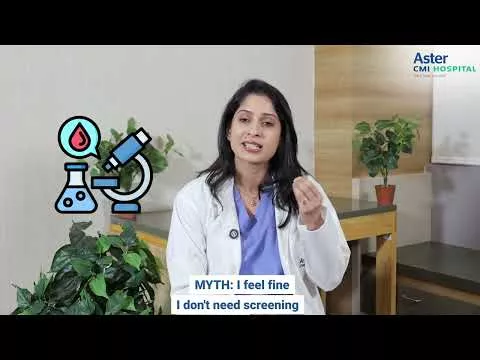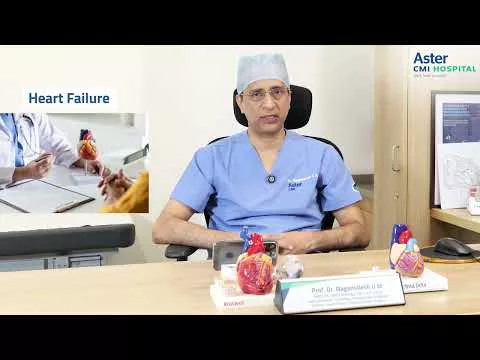Before venturing into new treatment of epilepsy, let us know about a new concept in medicine. It is called "Precision medicine approach". Concept of precision medicine – It is an approach tended to use genetics, environment and lifestyle of individuals to help determine best way to prevent or treat disease. In other words, this approach involves holistic treatment that is tailored for a particular patient taking into account multiple factors which can affect disease, its treatment and outcome rather than one shoe fits all. Keeping this approach in mind we will discuss newer treatment modalities in epilepsy. Patients seeking guidance can consult Neurologists in JP Nagar Bangalore for personalized advice.
New modalities of treatment include pharmacological treatment and non-pharmacological treatment.
Pharmacological treatment
In last 3 decades, many new antiepileptic drugs have come. They have equivalent efficacy but lesser side effects. Levetiracetam, brivaracetam, lamotrigine, topiramate, perampenal are sone examples of newer antiepileptics. Cannabidiol is the newest addition to the list. Although it should be remembered that they are not over the counter drugs and should be used with physician consultation in certain indications only. As per precision medicine approach also we need to assess efficacy, side effect profile and financial capacity of patients before giving the medicines.
Non pharmacological treatment
It includes dietary modification, environmental modification and various interventional treatment.
- Dietary modification: Ketogenic diet is known for a long time to have beneficial effects on epilepsy. However, there are some forms of genetic epilepsy that responds remarkably well to ketogenic diet.
- Environmental modification: I will explain this with an example. A child during seizure used to fall and get facial injury or head injury during seizures. Multiple medicines were tried but not working much. Parents were very much concerned about injury during seizure even if that part could be somehow reduced, parents will be happy. So, they were advised to wear a boxing helmet while going outside which significantly reduced the injury to head and face during seizures.
- Surgical options: Various epilepsy surgeries are available for those who are having refractory epilepsy (Seizures not responding to medicines). Epileptogenic area resection, Vagal nerve stimulation, deep brain stimulation are some of the options. These procedures require assessment by a specialist and will not apply to all patients. Patients often prefer a Neurology Hospital in JP Nagar Bangalore to access these advanced surgical options.
- Novel non pharmacological, non-surgical options: Few patients who don’t want surgery for them or surgery is not possible due to certain reasons, can avail benefits from such procedures. They include Transcutaneous vagal nerve stimulation, transcranial magnetic stimulation or transcranial direct current stimulation etc.
Evolving therapies (still in trial phases): Gene therapy, stem cell therapy in epilepsy may have a role in near future.
How India has evolved in terms of epilepsy treatment ?
India has evolved a long way in treatment of epilepsy. Most of the possible investigations and treatment options are available in India although availing some of them may be limited due to financial constraints.
Still Indian Health care system is offering all these treatment at a lower cost as compared to western counterparts, be it medicine or surgical options.
However, still there is a treatment gap (many patients in need of treatment for epilepsy is not getting treatment). Reasons for that are multiple including,
- Lack of awareness about epilepsy and its treatment
- Social stigma: Unwillingness or not accessing healthcare due to cultural beliefs or social stigma
- Financial constraints
- Lack of availability of trained healthcare personnel/institutes capable of handling such patients.
In conclusion, with precision medicine approach treatment of epilepsy and other diseases will improve. India has evolved and providing good quality healthcare in treatment of epilepsy. But still there is lot more to achieve, to integrate every sector, every corner of India to mainstream healthcare. It will be possible through collective efforts of the involved entities.





